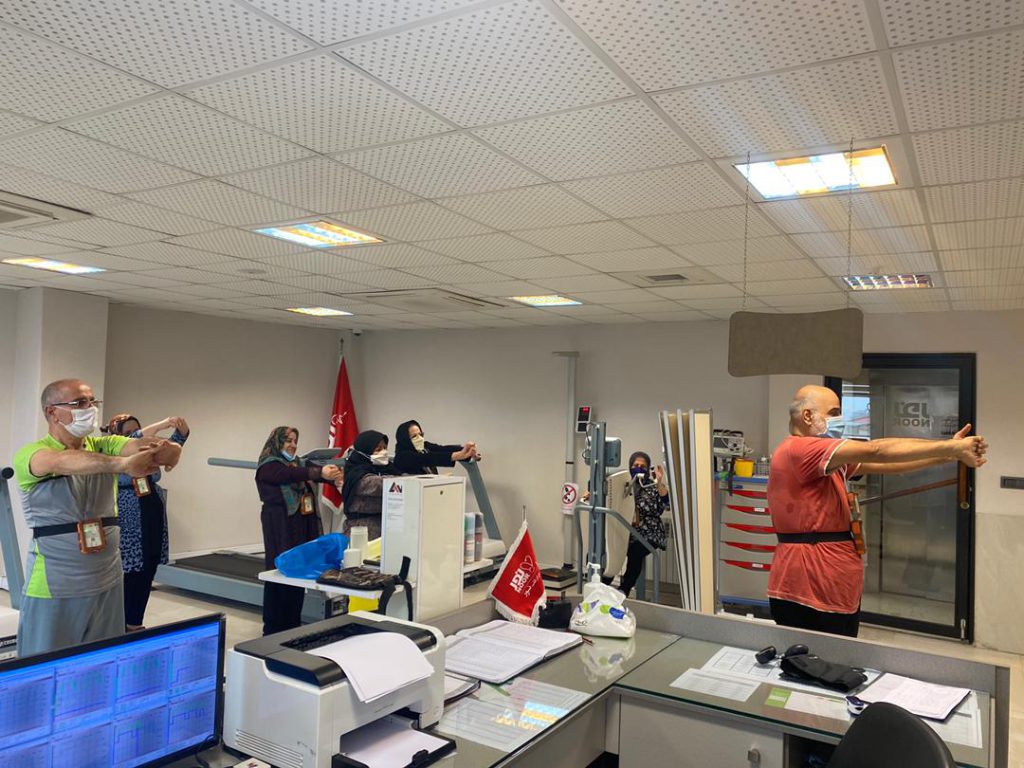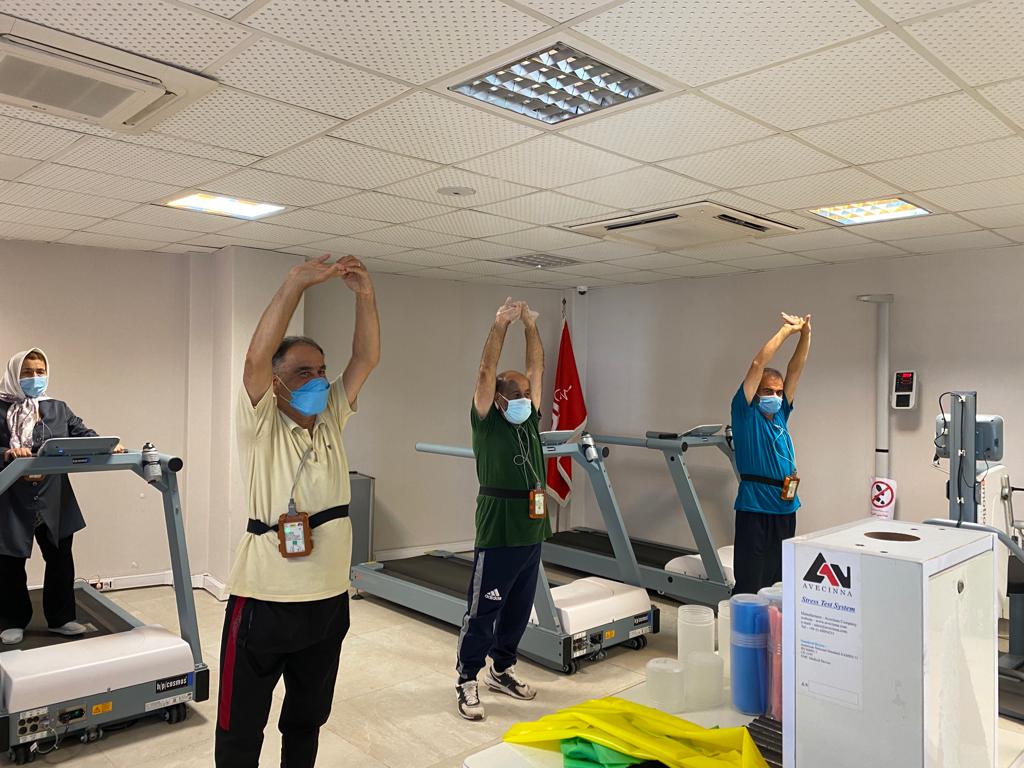
Cardiac Rehabilitation
Rehabilitation is defined as “a set of interventions designed to optimize functioning and reduce disability in individuals with health conditions in interaction with their environment”.
Put simply, rehabilitation helps a child, adult or older person to be as independent as possible in everyday activities and enables participation in education, work, recreation and meaningful life roles such as taking care of family. It does so by addressing underlying conditions (such as pain) and improving the way an individual functions in everyday life, supporting them to overcome difficulties with thinking, seeing, hearing, communicating, eating or moving around.
Anybody may need rehabilitation at some point in their lives, following an injury, surgery, disease or illness, or because their functioning has declined with age.
Some examples of rehabilitation include:
- Exercises to improve a person’s speech, language and communication after a brain injury.
- Modifying an older person’s home environment to improve their safety and independence at home and to reduce their risk of falls.
- Exercise training and education on healthy living for a person with a heart disease.
- Making, fitting and educating an individual to use a prosthesis after a leg amputation.
- Positioning and splinting techniques to assist with skin healing, reduce swelling, and to regain movement after burn surgery.
- Prescribing medicine to reduce muscle stiffness for a child with cerebral palsy.
- Psychological support for a person with depression.
- Training in the use of a white cane, for a person with vision loss.
Rehabilitation is highly person-centered, meaning that the interventions and approach selected for each individual depends on their goals and preferences. Rehabilitation can be provided in many different settings, from inpatient or outpatient hospital settings, to private clinics, or community settings such as an individual’s home.
The rehabilitation workforce is made up of different health workers, including but not limited to physiotherapists, occupational therapists, speech and language therapists and audiologists, orthotists and prosthetists, clinical psychologists, physical medicine and rehabilitation doctors, and rehabilitation nurses.

The benefits of rehabilitation
Rehabilitation can reduce the impact of a broad range of health conditions, including diseases (acute or chronic), illnesses or injuries. It can also complement other health interventions, such as medical and surgical interventions, helping to achieve the best outcome possible. For example, rehabilitation can help to reduce, manage or prevent complications associated with many health conditions, such as spinal cord injury, stroke, or a fracture.
Rehabilitation helps to minimize or slow down the disabling effects of chronic health conditions, such as cardiovascular disease, cancer and diabetes by equipping people with self-management strategies and the assistive products they require, or by addressing pain or other complications.
Rehabilitation is an investment, with cost benefits for both the individuals and society. It can help to avoid costly hospitalization, reduce hospital length of stay, and prevent re-admissions. Rehabilitation also enables individuals to participate in education and gainful employment, remain independent at home, and minimize the need for financial or caregiver support.
Rehabilitation is an important part of universal health coverage and is a key strategy for achieving Sustainable Development Goal 3 – “Ensure healthy lives and promote well-being for all at all ages”.

Who needs cardiac rehabilitation?
Anyone who has had a heart problem, such as a heart attack, heart failure, or heart surgery, can benefit from cardiac rehabilitation. Studies have found that cardiac rehabilitation helps men and women, people of all ages, and people with mild, moderate, and severe heart problems.
However, some people are less likely to start or finish a cardiac rehabilitation program, including:
- Studies show that women, especially minority women, are less likely than men to start or complete cardiac rehabilitation. This may be because doctors may be less likely to suggest cardiac rehabilitation to women.
- Older adults. Older adults are also less likely to join a cardiac rehabilitation program following a heart problem. They may think they are unable to do the physical activity because of their age, or they may have other conditions that can make exercising harder, such as arthritis. The need to address other physical conditions makes cardiac rehabilitation especially useful for older adults, since it can improve strength and mobility to make daily tasks easier

